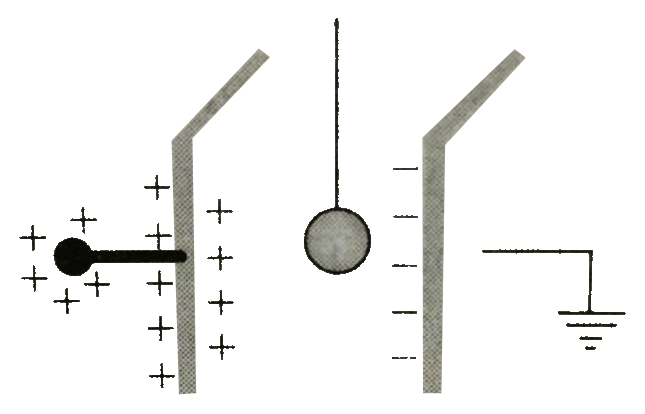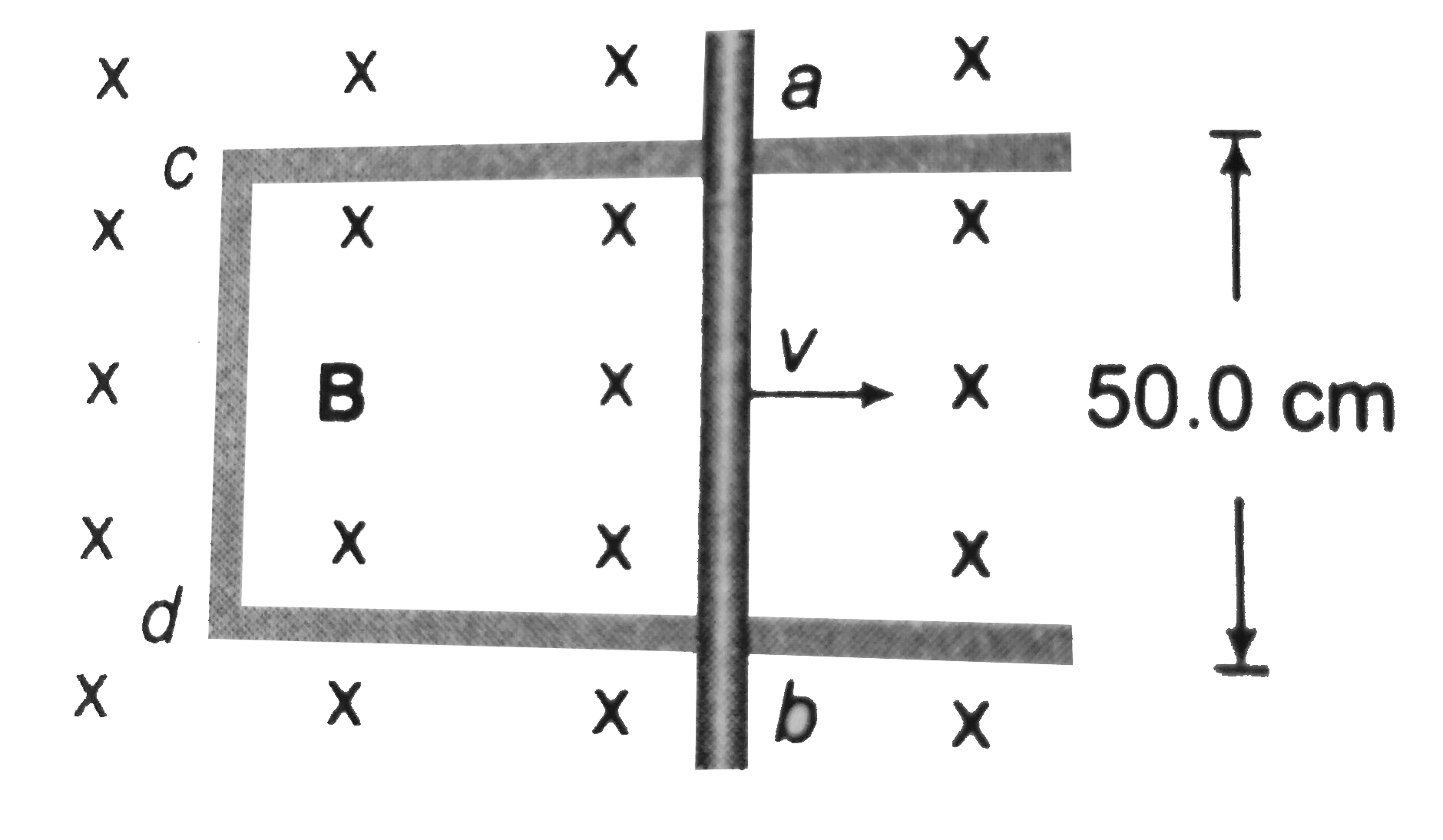The annular and spirally thickened conducting elements generally develop in the protoxylem when the root or stem is
maturing
elongating
widening
differentiating
The correct Answer is:1
To answer the question, "The annular and spirally thickened conducting elements generally develop in the protoxylem when the root or stem is," we need to analyze the characteristics of protoxylem and the conditions under which these thickening patterns occur.
1. Understanding Protoxylem: Protoxylem is the first-formed xylem in plants, which is responsible for the conduction of water and minerals. It typically has specific types of cell wall thickening.
2. Types of Thickening: The thickening of the cell walls in protoxylem can be categorized mainly into annular (ring-like) and spiral (helical) thickening. These structures are essential for maintaining flexibility while providing support.
3. Development Conditions: The development of annular and spirally thickened conducting elements occurs during specific growth stages of the plant. These thickening patterns are typically associated with the early stages of growth when the plant is still elongating.
4. Identifying the Correct Condition: The options provided in the question include:
- Widening
- Maturing
- Elongating
- Differentiating
Among these, the correct condition under which annular and spirally thickened elements develop in protoxylem is when the root or stem is elongating. This is because during elongation, the cells are still actively dividing and differentiating, allowing for the formation of these specific thickening patterns.
5. Conclusion: Therefore, the correct answer to the question is that annular and spirally thickened conducting elements generally develop in the protoxylem when the root or stem is elongating.
- Widening
- Maturing
- Elongating
- Differentiating
Topper's Solved these Questions
Similar Questions
A conducting wire of length l, lying normal to a magnetic field B, moves with a velocity v as shown in (a) Find the average magnetic fore on a free electron of the wire. Due to this magnetic force, electrons concentrate at one end resulting in an electric field inside the wire. The redistribution stops when the electric force on the free electrons balances themagnetic force. Find the electric field developed inside the wire when the redistribution field developed inside the wire when the redistribution stops. (c) what potential difference is developed between the ends of the wire?

View SolutionA table tennis ball covered with a conducting paint is suspended by a silk thread so that it hangs between tow metal plates. One plate is earthed, when the other plate is connected to a high voltage generator, what will happen to the ball.

View SolutionWhen water is being translocated at relatively high velocity and is subjected to high tension in the conducting elements, what prevents the breaking of the water column?
View SolutionRead the following statements
(i) Collenchyma contains lignin in its wall thickenings.
(ii) Collenchyma occurs in only aerial primary parts and is absent from the roots.
(iii) Trichomes are multicellular epidermal outgrowths, which also contain some inner tissues.
(iv) Xylem fibres often occur in metaxylem while they are absent or rare in protoxylem.
which of these are correct?
View SolutionAssertion : A correct concentration of auxin and cytokinin is required for the development of root and shoot in callus.
Reason: When the ratio of kinetin to auxin is high only shoot develop but when the ratio is low only roots develop
View SolutionHow many of the following statements are correct?
1. Conjoint vascular bundles are not present in monocot stem.
2. Casparian strips of endodermis are made of cutin.
3. Pith is large and well developed in monocot roots.
4. Trichome helps in water loss due to transpiration.
View Solutionthe current developed in a real conductor is given I=aV1/2, where V is the potential difference acid the conductor. When it is connected with resistance of RΩ in series with a battery of 6 volt shown in the figure , the power developed in conductor is twice the power generated in resistance of RΩ . find the value of R.[a=0.2AVolt−1/2]

View SolutionKeep some freshly cut flowers in a solution of food colour. Wait for sometime for the days to rise in the flower, when the stem, of the flower is held up in light, coloured strands can be seen inside. Can this experiment demonstrate which tissue is conducting water up the stem ?
View SolutionGo through the following statements
(i) The cambium is generally more acitve on the inner side than on the outer.
(ii) The autunn wood is darker and has a higher density than spring wood.
(iii) In stem, the secondary xylem shows distinction into protoxylem and metaxylem and occurs in the form of patches.
(iv) The tracheids and vessels of the sapwood get plugged by the ingrowth of the adjacent parenchyma cells into thier cavities called tyloses.
Which of theses are correct ?
View SolutionThe conducting rod ab shown in figure makes contact with metal rails ca and db. The apparatus is in a uniform magnetic field 0.800T, perpendicular to the plane of the figure.

(a) Find the magnitude of the emf induced in the rod when it is moving toward the right with a speed 7.50m/s.
(b) In what direction does the current flow in the rod?
(c) If the resistance of the circuit abdc is 1.50Ω (assumed to be constant), find the force (magnitude and direction) required to keep the rod moving to the right with a constant speed of 7.50m/s. You can ignore friction.
(d) Compare the rate at which mechanical work is done by the force (Fu) with the rate at which thermal energy is developed in the circuit (I2R).
View Solution
